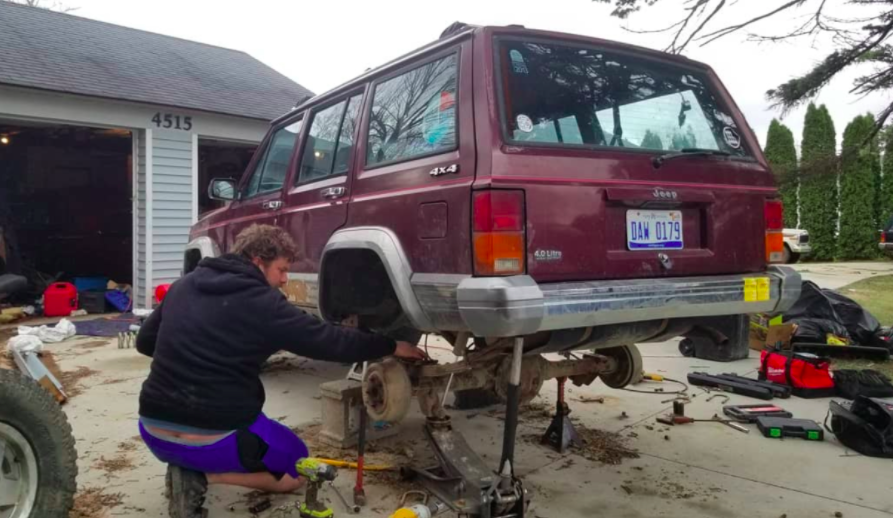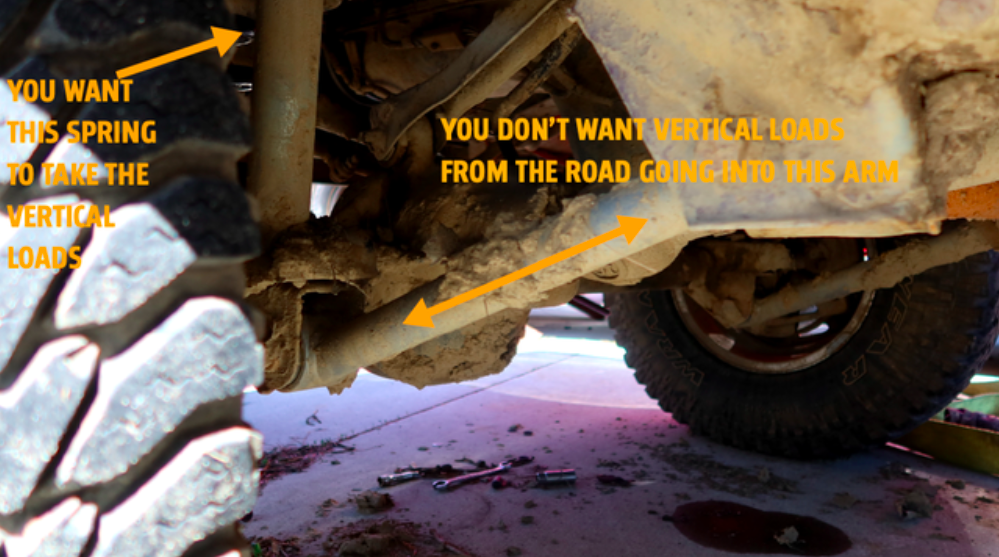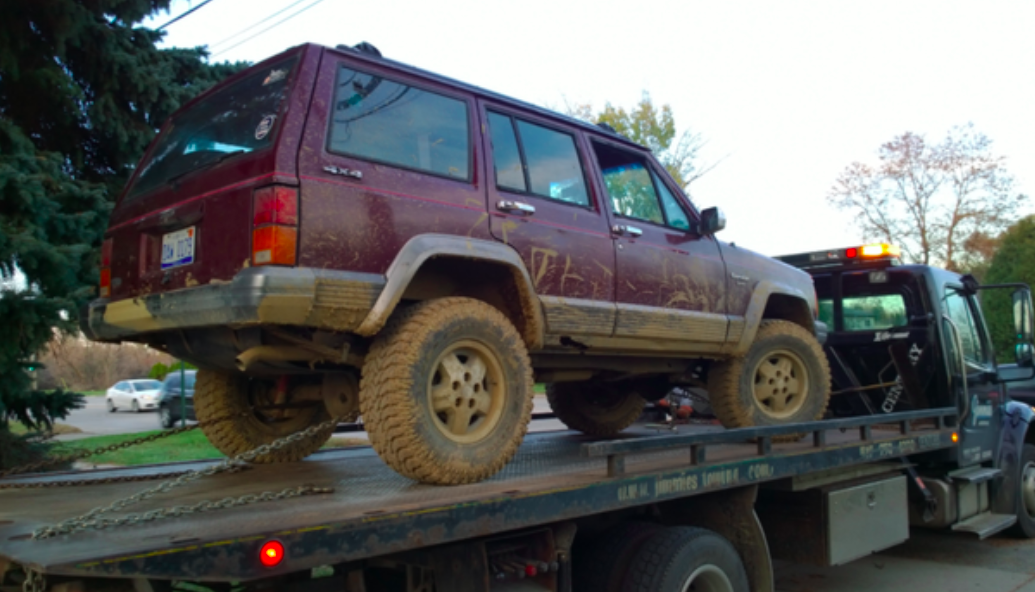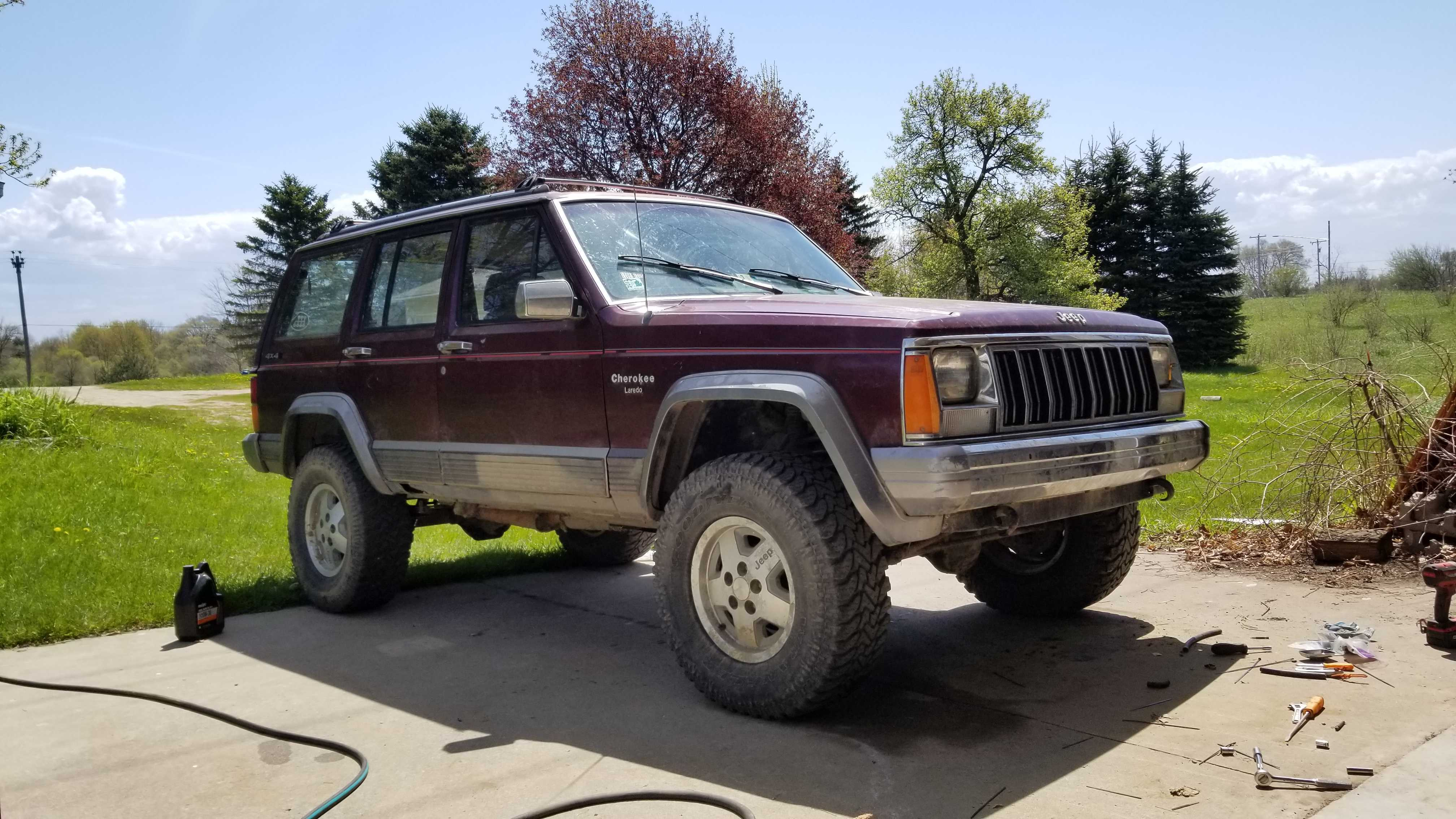I Replaced My Expensive Lift Kit With $120 Junkyard Springs And Now Everything Is Better
A few years ago, I decided to lift my Jeep Cherokee. The 250,000 mile Jeep was starting to look tired, and lifting it would give it a less junky, more "purposeful" look. Plus, I'm an avid off-roader, so it seemed like a smart call. The following seven years, the Jeep has battered and bruised me with its horrendous ride quality. Now that's finally over thanks to a junkyard lift kit, though only after I wasted far too much money.
I'm in Northern Michigan, about to begin an off-road trip with my boss. I'm in my nearly 300,000 mile 1992 Jeep Cherokee, my boss is in his lifted Lexus GX470.
To prepare for this trip, I replaced my Jeep's suspension. Because not only was the existing lift kit so stiff, it would make the nearly six hour journey from metro Detroit to Drummond Island true hell, but the suspension wasn't even that good for off-roading.
If I'm going to compromise my vehicle's ride, handling, acceleration, braking performance, and fuel economy for a lift and bigger tires, those mods better be a huge advantage, and not just a "cool look."
I'd been a fool in my early 20s. The suspension I'd installed in my fellow Chrysler engineer's garage was a highly-recommended Rubicon Express 3.5-inch lift kit with a full leaf pack in the rear, and new control arms and coils up front.
I quickly learned that the suspension was best suited for heavily-modified Cherokee XJs — ones with big, heavy bumpers and winches. My otherwise stock '92 XJ — a model that's already lighter than later XJs — just didn't have enough mass to compress the stiff springs that came with the lift kit. The result was not just a backbreaking ride, but also very little suspension articulation; it's almost like the springs are just solid, inflexible pieces of metal.

My solution was the same solution for most of my life's problems: a trip to the junkyard. I'd been hanging out there just scouring the cars when I found a Jeep Cherokee with what looked like a brand new 3-inch suspension lift. This lift, my cursory only research indicated, would actually yield roughly three-inches, and not the four my expensive lift had yielded. This alone should help my ride, since my control arm angles wouldn't be as steep.

I explained all of this in a previous story.
Wednesday night, I finished the junkyard suspension install, and am happy to say: The ride is way, way better. Did I waste roughly $500 on the life lesson: "Be careful buying lift kits. They aren't all built the same. Pay attention to spring rates and control arm angles." Yes, yes I did.
But the $120 junkyard "Trailmaster" lift kit has rescued me from my own stupidity. Finally. After seven years of vertebrae-shattering expansion joints and far too much wheel-lift off-road.

The difference in ride height isn't really that noticeable from outside (see the current setup below), but the new springs make a huge difference in ride quality, and my cursory floor jack test has shown that suspension travel is improved, too. Body roll is up in corners, but I almost don't mind a bit of roll in a corner to remind me that I'm in a tall, narrow machine.
The stiff springs made for sharper handling, I'll admit, but something tells me that entering a corner with too much speed would have gone well until it very quickly went south.
We'll see how things change off-road, because Rory and I will be hammering through one of Michigan's best off-road trails all weekend. Thank god his new GX has a sweet winch, because I plan to do some dumb stuff.

